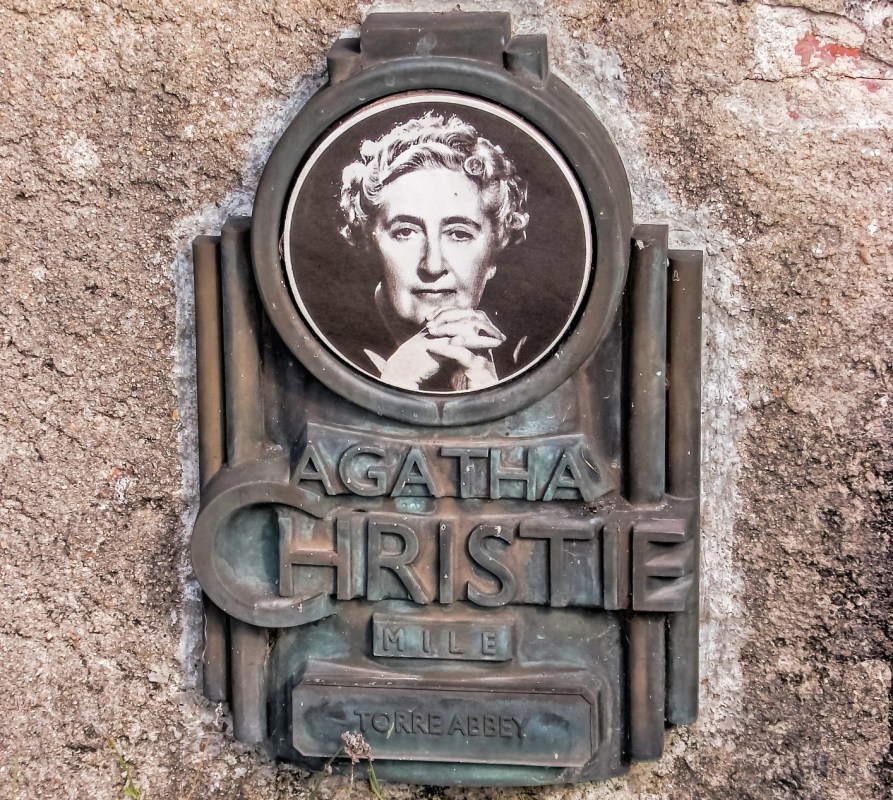What happens when famous writers become involved in situations that seem stranger than anything they’ve written? Perhaps the apex of this was the case of Krystian Bala, a Polish novelist whose book read very differently after he was suspected of a murder with a number of similarities to its plot. The death of Japanese writer Yukio Mishima was particularly haunting and compelling. It’s no surprise that the stories of both Mishima and Bala have been turned into films.
But they’re not alone in being acclaimed writers whose lives took a turn for the mysterious. They’re joined in that company by one of the most successful writers ever: namely, lauded mystery writer Agatha Christie. In 1926, Christie went missing for 11 days. Her disappearance drew the attention of police and prompted headlines about the investigation. Was she dead? Had this acclaimed mystery writer been the victim of foul play?
Thousands of people embarked on a search for her. When she finally emerged, it was at a spa, where she’d spent over a week — and where, in retrospect, some of the fissures in her marriage seemed particularly strained.
At CrimeReads, novelist Kate Weinberg explored why Christie’s disappearance still fascinates readers today. For her, at least, the most compelling aspect of it is its ambiguity, which stands in sharp contrast to Christie’s meticulously-plotted novels:
Solving a mystery reduces it to a puzzle, one that can be answered correctly and then put away. It’s fascinating until that very last piece, then satisfying, but also complete. Ready to put back in its box.
Weinberg argues convincingly that the ambiguities of Christie’s disappearance make it hard to shake — and might well make this real-life mystery one of the author’s most compelling.
Subscribe here for our free daily newsletter.
Thanks for reading InsideHook. Sign up for our daily newsletter and be in the know.












